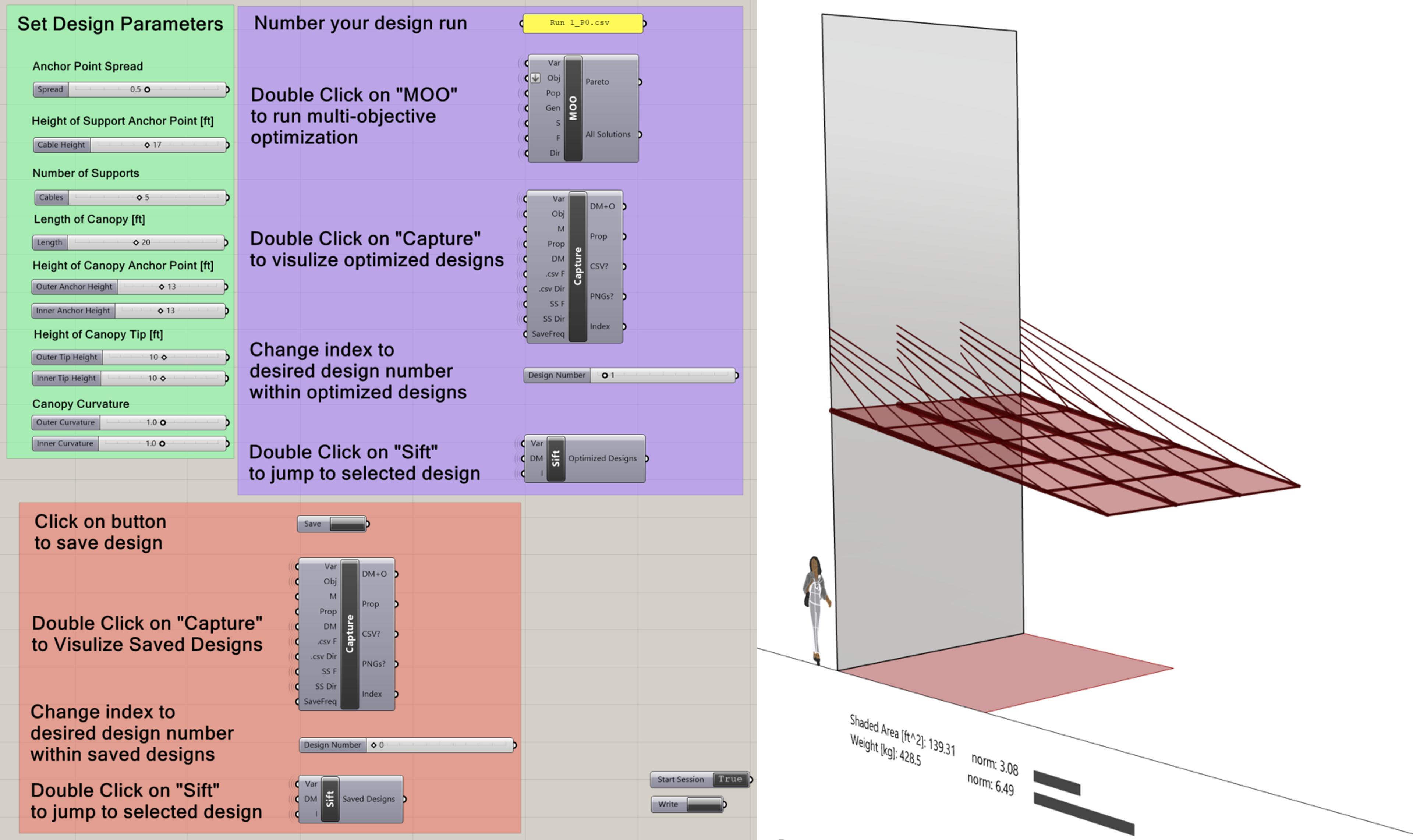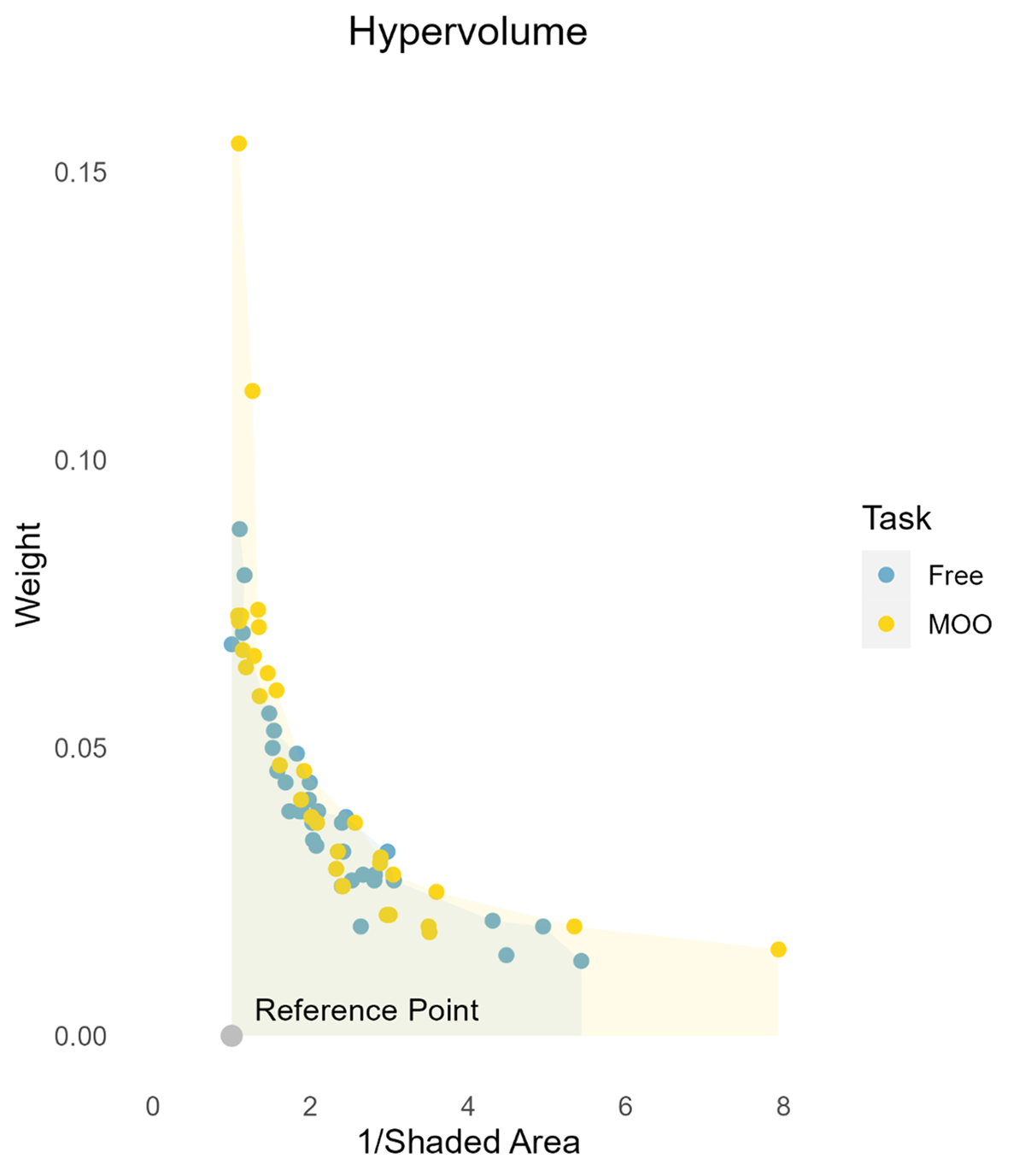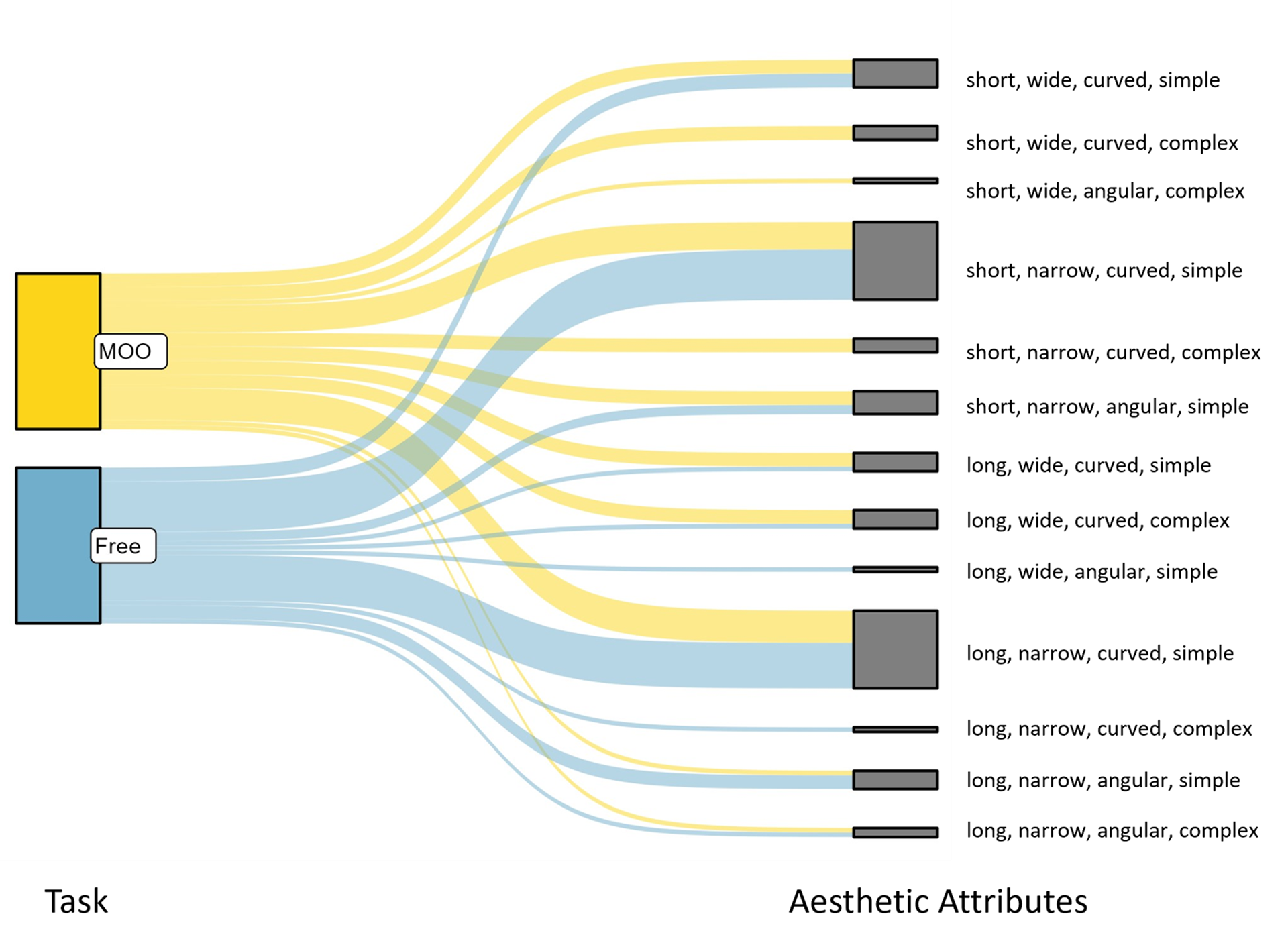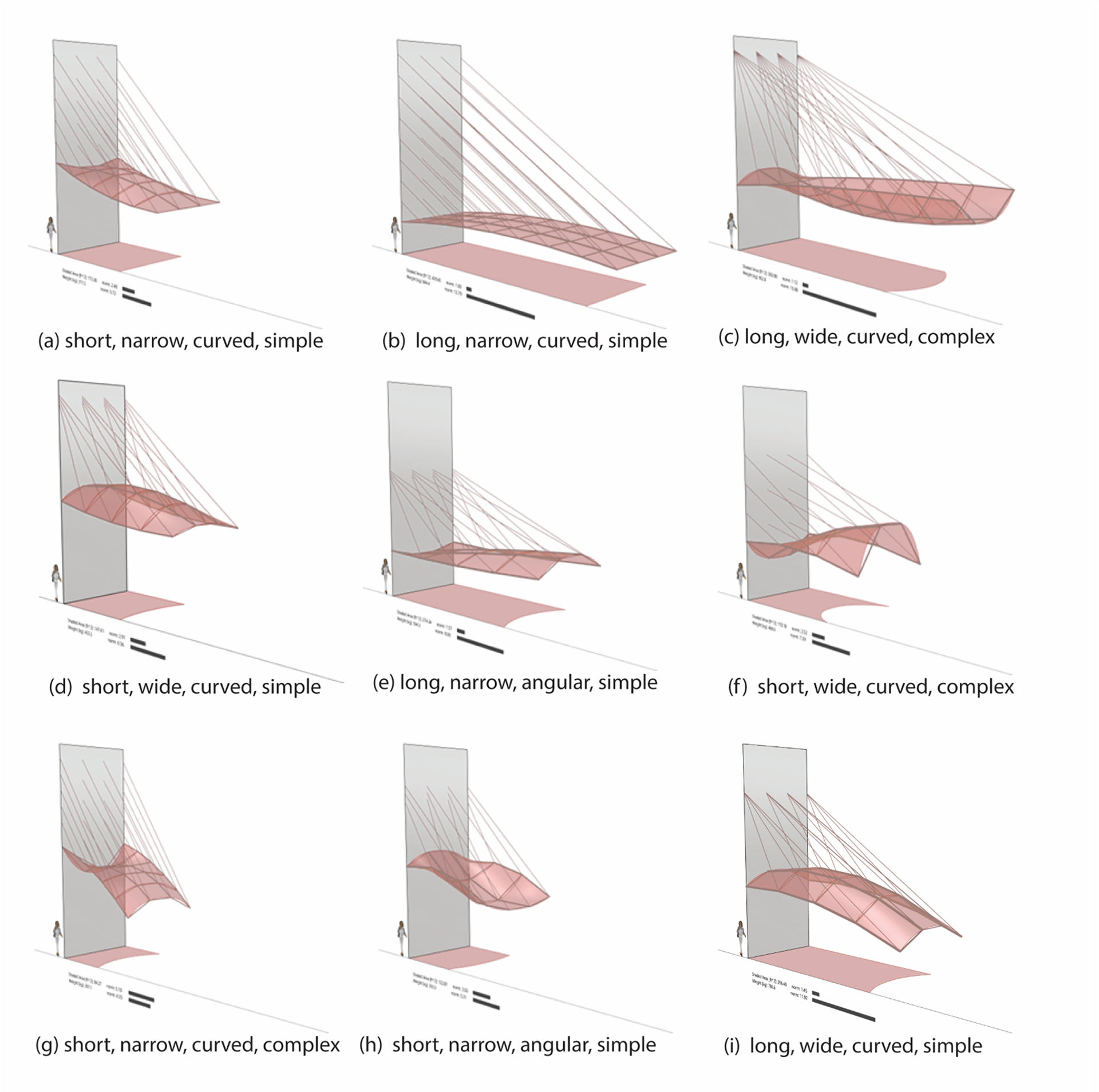Generative design tools, empowered by recent advancements in computational
algorithms, offer the opportunity for human designers and design tools to collaborate in
new, more advanced modes throughout various stages of the product design process to
facilitate the creation of higher performing and more complex products. Much of the
research focuses on the technical development and application of these tools, while less
attention has been paid to how generative design tools are used from the designer’s
perspective. Three main contributions of this work include a development of a
generative design process, observations of the implications of the use of generative design tools, and an understanding of how designers balance multiple objectives throughout a generative design process.
algorithms, offer the opportunity for human designers and design tools to collaborate in
new, more advanced modes throughout various stages of the product design process to
facilitate the creation of higher performing and more complex products. Much of the
research focuses on the technical development and application of these tools, while less
attention has been paid to how generative design tools are used from the designer’s
perspective. Three main contributions of this work include a development of a
generative design process, observations of the implications of the use of generative design tools, and an understanding of how designers balance multiple objectives throughout a generative design process.
A grounded theory approach based on the experiences of designers was first used
to develop a generative design process. Six in-depth interviews were conducted with
experienced designers from different disciplines who use commercial generative design
tools in their work, detailing the design processes they followed. A qualitative-based
coding and analysis of the interviews was used to generate 161 coded themes describing
the design process. Through these themes, a provisional process diagram for generative
design and its uses in the early-stage design process is proposed to outline explicit and
implicit stages of the design process.
It was observed that generative design tools primarily allow for quantitative inputs
to the tool while qualitative metrics, in particular aesthetics, are considered indirectly by
designers. To explore this further, controlled lab experiments were conducted to understand how designers balance quantitative and qualitative objectives while using generative design tools. Thirty-four participants completed two design tasks (with and without generative design tools) with the same qualitative and quantitative objectives.
The findings showcase the potential for generative design tools to assist in the design process and leveraging the expertise of both the human designer and the generative design tool to allow for greater consideration of various objectives throughout the design process.
Publications related to this work include:
- Saadi, J. I., and Yang, M. C. "Generative Design: Reframing the Role of the Designer in Early-Stage Design Process." ASME. J. Mech. Des. April 2023; 145(4): 041411.
- Saadi, J.I., Yang, M.C. and Chong, L., 2023, August. Form Attributes to Measure and Understand Aesthetic Preferences. ASME Design Engineering Technical Conferences and Computers and Information in Engineering Conference (Vol. 87349, p. V006T06A018).
- J. I. Saadi, and M. C. Yang, “Observations on the Implications of Generative Design Tools on Design Process and Designer Behavior,” 24th International Conference on Engineering Design, Bordeaux, France, 2023.
- Saadi, J.I., Yang, M.C. and Chong, L., 2023, August. Form Attributes to Measure and Understand Aesthetic Preferences. ASME Design Engineering Technical Conferences and Computers and Information in Engineering Conference (Vol. 87349, p. V006T06A018).
- J. I. Saadi, and M. C. Yang, “Observations on the Implications of Generative Design Tools on Design Process and Designer Behavior,” 24th International Conference on Engineering Design, Bordeaux, France, 2023.

Generative Design Process derived through grounded theory approach

Implications of Generative Design Tools observed using qualitative research methods

Generative Design Tool Interface

Quantitative performance indicate greater spread of objectives using generative design tools

Qualitative performance indicate greater aesthetic diversity of designs using generative design tools
